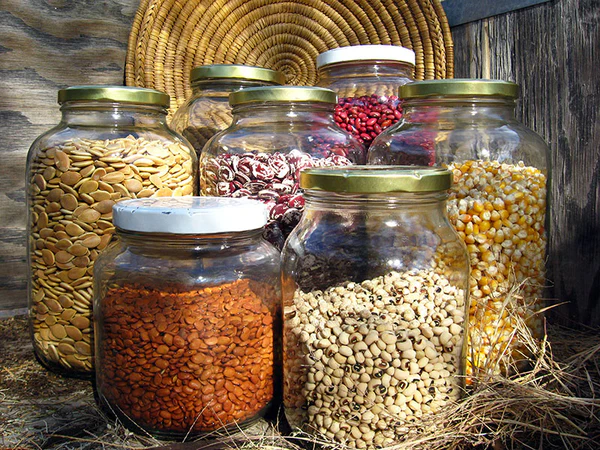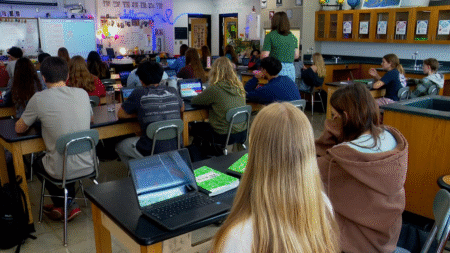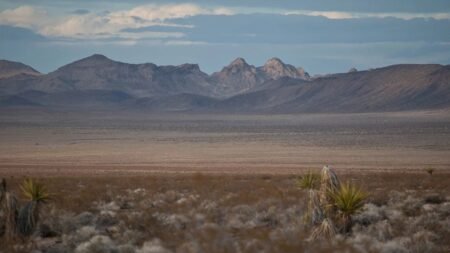A seed bank is an essential facility or natural site designed to store seeds under controlled conditions to preserve plant genetic diversity, protect endangered species, and provide seeds for future restoration efforts. Seed banks are crucial for maintaining biodiversity, supporting agriculture, and helping ecosystems recover from damage. In recent years, the concept of seed banks has expanded beyond terrestrial plants to include marine environments such as coral reefs, highlighting their growing importance in global conservation efforts.
Seed banks come in various forms, each serving a unique purpose. Conservation seed banks, also known as genebanks, store seeds from wild plants, crops, and rare species to maintain genetic diversity. These seeds are valuable resources for scientific research and habitat restoration. Agricultural seed banks focus on preserving crop seeds, including heirloom and traditional varieties, to ensure food security and support plant breeding programs. Community seed banks are smaller, localized initiatives managed by farmers or local groups to conserve native plant varieties and promote sustainable agriculture. A newer form of seed bank, the coral seed bank, involves collecting and nurturing coral fragments or larvae to restore damaged coral reefs.
The role of seed banks is indispensable for preserving biodiversity. Genetic diversity within plant populations is essential for the resilience of ecosystems, allowing them to withstand threats such as pests, diseases, and climate change. By safeguarding this diversity, seed banks contribute to ecosystem stability and health. They also play a critical role in restoring degraded environments. Seeds stored in seed banks can be used to reintroduce plant species to areas affected by deforestation, natural disasters, or human activity. This process helps revive ecosystems and supports wildlife that depend on native plants.
Food security is another major reason why seed banks are important. Crop seeds preserved in seed banks ensure that farmers have access to a variety of plants adapted to different climates and growing conditions. This diversity is vital for adapting agriculture to changing environmental factors and for protecting against crop failures. Furthermore, seed banks provide invaluable material for scientific research. Plant breeders use seeds from seed banks to develop new crop varieties with improved traits such as disease resistance, drought tolerance, and higher yields. This research supports sustainable agriculture and helps meet the growing global food demand.
The operation of seed banks involves several careful steps. Seeds are first collected from wild or cultivated plants, aiming to capture a broad range of genetic diversity. After collection, the seeds are cleaned and dried to reduce moisture content, which helps maintain their viability during storage. They are then stored in sealed containers at low temperatures, often around minus 18 degrees Celsius, to keep them viable for many years or even decades. Periodically, seeds are tested to check if they can still germinate. If their viability decreases, seed banks regenerate the stock by growing plants and collecting fresh seeds. Seeds may also be distributed to farmers, researchers, or conservationists for various purposes.
Several well-known seed banks serve as global and national repositories for plant diversity. The Svalbard Global Seed Vault in Norway, often called the “Doomsday Vault,” is one of the largest and most famous seed banks. It stores seeds from around the world as a backup to safeguard crop diversity in case of global disasters. The Millennium Seed Bank in the United Kingdom, managed by the Royal Botanic Gardens, Kew, is another major conservation effort that collects and stores seeds from thousands of plant species worldwide. Many countries maintain their own national seed banks to protect local plant varieties and support agricultural sustainability.
In recent years, the concept of seed banks has been adapted to marine conservation, particularly in the form of coral seed banks. These facilities collect coral fragments or larvae and nurture them in controlled environments before transplanting them onto damaged reefs. Coral seed banks are vital for restoring coral ecosystems that are threatened by climate change, pollution, and overfishing. Projects like OUTRIGGER Resorts & Hotels’ Sculptural Coral Gene Bank in Fiji combine science, art, and tourism to protect fragile marine habitats and raise awareness about reef conservation. By growing corals on specialized structures, these seed banks provide a sustainable source of coral material to help reefs recover and thrive.
Seed banks, whether terrestrial or marine, represent a critical strategy for preserving biodiversity, supporting agriculture, and restoring ecosystems. Their careful management ensures that valuable genetic resources are conserved for future generations. As environmental challenges increase, the role of seed banks in safeguarding the planet’s natural heritage becomes ever more significant.







